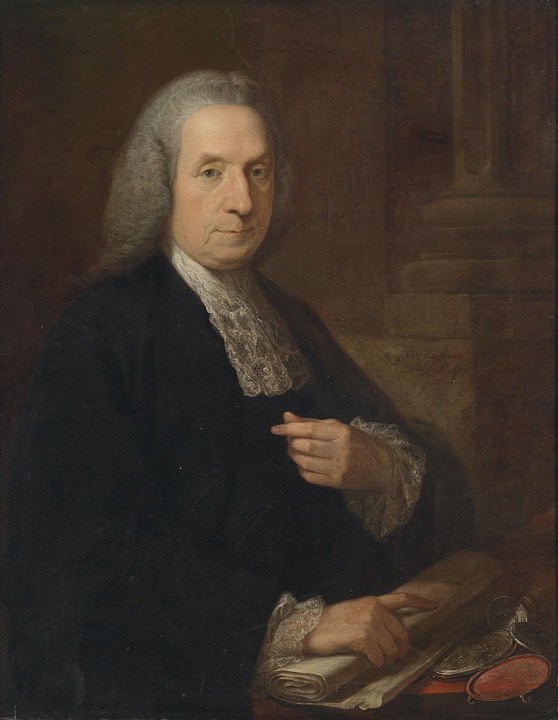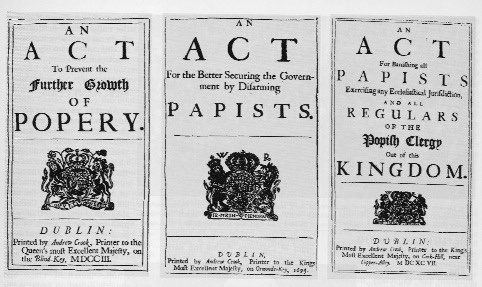- April 21, 1703
In the early 18th century, urban fire was a constant and devastating threat due to the construction materials used (primarily wood) and the close proximity of buildings. Edinburgh’s “Company of Quenching of Fire” was formed against this backdrop as a necessary institution to protect the city and its inhabitants from frequent and destructive fires. This company functioned as an early fire brigade, likely composed of local volunteers who were organized to act in case of fires.
Company of Quenching of Fire
The Edinburgh Act of 1703 and the specific measures was a critical response to the pressing issue of urban fires in Edinburgh, which had seen a series of devastating blazes. The act aimed to significantly enhance the city’s firefighting capabilities and preparedness, illustrating an early form of organized public safety intervention.
Specific Measures of the Edinburgh Act of 1703
-
Company for Quenching of Fires: The formation of this company was a structured attempt to centralize and professionalize firefighting efforts within the city. This early firefighting unit was supported by legislation and municipal backing, reflecting a shift towards more organized public services.
-
Auxiliary Firemasters: The appointment of 12 auxiliary firemasters provided leadership and coordination for firefighting efforts. These individuals were likely responsible for overseeing the maintenance of equipment, the training of personnel, and the actual management of firefighting operations during incidents.
-
Equipment Provision: The procurement of 300 leather buckets and 12 ladders, and their strategic placement in locations such as the Old Kirk, ensured that essential firefighting tools were readily accessible throughout the city. This preparation was crucial for prompt responses to outbreaks of fire.
-
Use of Horse Dung or Muck: The provision of creels full of horse dung or muck might seem odd today, but at the time, these materials were used to smother flames. Horse dung, being somewhat moist and heavy, could help to suffocate a fire, reducing the availability of oxygen and slowing the spread of flames.
-
Citizen Preparedness: Mandating that citizens keep a supply of water and ropes in their homes and tenements was a measure intended to ensure that residents could contribute to firefighting efforts immediately, even before official help arrived. This requirement made each household a potential first responder to fires, crucial in a time when professional firefighting services were still in their infancy.
Impact and Legacy
The Edinburgh Act of 1703 was a foundational step in developing systematic firefighting efforts in Edinburgh. By establishing clear protocols and equipping the city with necessary tools, the act significantly improved the ability to manage and mitigate fire hazards. This legislative measure not only addressed immediate safety concerns but also laid the groundwork for future advancements in firefighting techniques and organization.
The legacy of the Edinburgh Act continues to be felt in modern firefighting practices, which now feature advanced technology and highly trained personnel but still rely on community awareness and preparedness as essential components of fire safety. This act is an early example of how legislation can directly influence the development of urban infrastructure and public safety protocols, setting a precedent for other cities facing similar challenges.
Edinburgh Fire Brigade 1824
The Edinburgh Fire Brigade, one of the first organized fire fighting services in Scotland, was officially established in 1824. This formation marked a significant development in urban safety and emergency response within the city and set a precedent for organized fire services across Scotland.

 ← Birth of Philip Tisdall, politician and Attorney General noted for his lavish hospitality
← Birth of Philip Tisdall, politician and Attorney General noted for his lavish hospitality
 Penal law to prevent the further growth of property restricts landholding rights for Catholics →
Penal law to prevent the further growth of property restricts landholding rights for Catholics →